Monosodium Glutamate 99%
Monosodium glutamate – the sodium salt of glutamic acid, flavor enhancer. Monosodium glutamate (MSG) is the sodium salt of glutamic acid, which is a common amino acid. Glutamic acid is naturally present in our body (in the structure of endogenous proteins, but also acts as a neurotransmitter), as well as in many foods and food additives. The glutamate contained in MSG is chemically no different from the glutamate contained in food proteins or in our own proteins; the human body ultimately metabolizes both sources of glutamate equally. In the European Union, it is labelled as food additive number E621. Naturally occurring in higher concentrations in a variety of foods: ripened cheese, milk, tomatoes, sardines, seaweed, etc.
Enquiry Form
Product Info
| Parameter | Attribute |
| Monosodium glutamate | Sodium glutamate, E621, MSG, glutamic acid sodium salt |
| Formula | C5H8NO4Na |
| Structure | 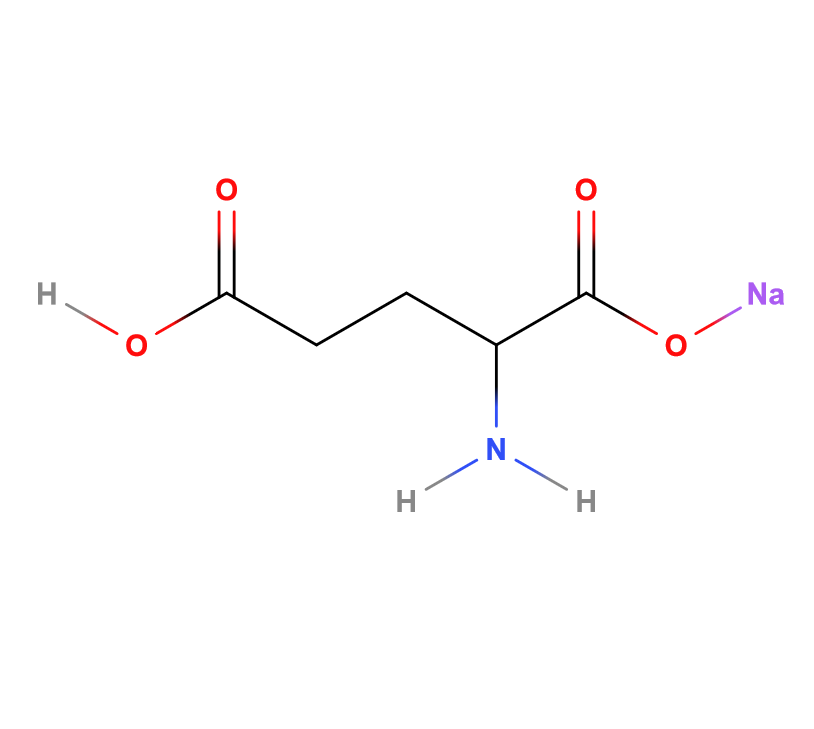 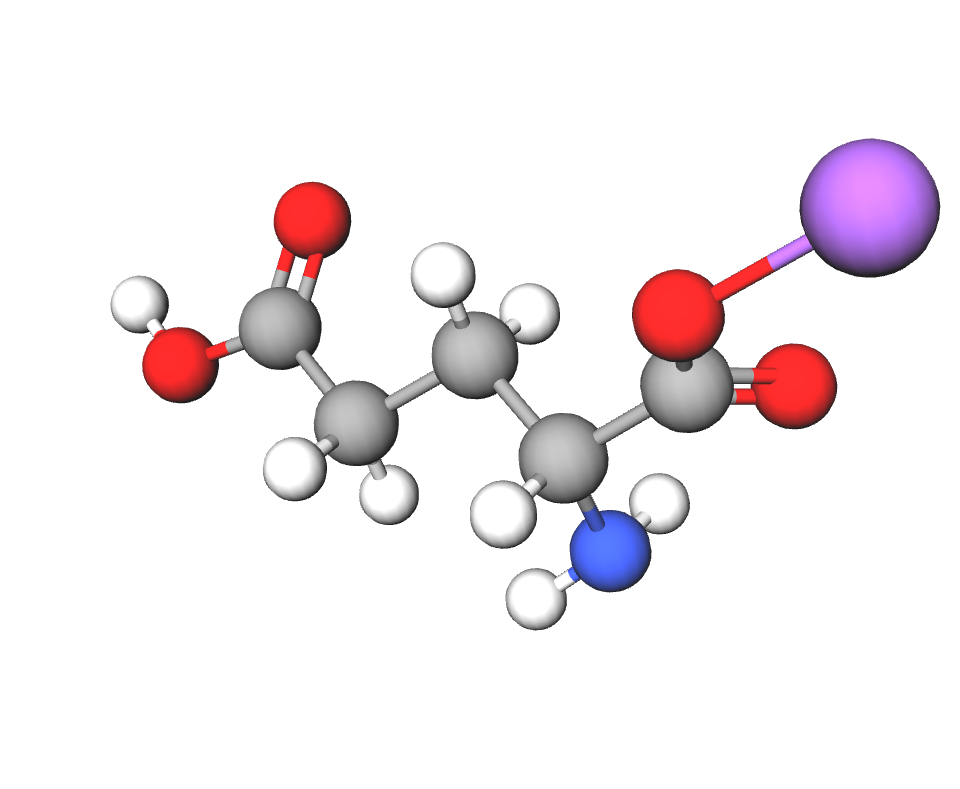 |
| IUPAC | Sodium 2-aminopentanedioate |
| INCI | SODIUM GLUTAMATE |
| CAS | 142-47-2 |
| Molar mass | 169.111g/mol |
| Density | 1.62g/mL 20 °C |
| Solubility | In water 740g/L |
In the food industry, MSG is used as a flavor enhancer and labelled E621. Its function in food is to enhance the flavor of animal products, thus making the food more natural and using less spices and animal raw materials. MSG is most commonly found in potato chips, where it enhances the flavor of cream, cheese, ham and other flavors, and in cheap sausages, where the majority of the product is water and plant-based raw materials, and a smaller proportion is animal-based raw materials. Monosodium glutamate alone does not have a particularly pleasant flavor until it is combined with a savoury taste. The main sensory function of MSG is attributed to its ability to enhance savoury flavor-active compounds. The optimum concentration depends on the food and its age of use. For example, in soup, the ‘enjoyment score’ drops rapidly when more than one gram of MSG is present in 100 ml. The sodium content (in weight percentage) of MSG, 12,28%, is approximately one third that of sodium chloride (39,34%) due to the higher weight of MSG, and therefore MSG can promote a healthy diet by improving the flavor of foods such as kale and reducing the use of salt. E621 has a synergistic effect with the ribonucleotidic food additives disodium inosinate (E631) and disodium guanylate (E627). The so-called ‘Super Salt’ is a mixture of 9 parts salt (sodium chloride), 1 part MSG and 0.1 parts disodium ribonucleotides (mixture of disodium inosinate and disodium guanylate).
In cosmetics, MSG is used in hair care products to ensure that the hair receives glutamic acid (nourished with the amino acid) not only from the inside as it grows, but also by washing the head regularly. After use, hair becomes soft, shiny and fluffy. It is one of the ingredients that does not damage the skin’s biome and is of natural origin and easily degradable. MSG can be found under the names ‘amino acids’, ‘proteins’ and ‘hydrolyzed proteins’. Most sunscreens and insect repellents contain MSG. The amounts used can range from 0.1% to 3% in the final product. Its functions (INCI)
- Hair conditioning: makes hair easy to comb, soft and shiny and/or gives volume, lightness and shine.
- Masking: reduces or suppresses the odor of the product or the main flavor
- Skin conditioning: maintains good skin condition
In animal husbandry, monosodium glutamate is used as an additive in pig feed to enhance the flavor of the feed and increase its digestibility. It is most commonly found in premixes intended to accelerate the gain of marketable weight or in premixes intended for the recovery of sows after weaning and lactation.
In education, MSG is used in taste experiments to compare the differences in taste between salts, e.g. sodium chloride, potassium chloride, ammonium chloride, MSG and others. Variations with different concentrations are also possible by tasting the same product and looking for a sensory difference between the tests.
In medicine, MSG is used to treat hyperammonemia in conditions such as hepatic encephalopathy. It has been used to reduce blood ammonia levels in ammoniacal azotemia, in the treatment of hepatic coma, psychosis and mental retardation. E621 is sometimes used with ordinary sugar to improve the taste of bitter medicines.
Important: Add the item to your basket, fill in the recipient’s details and confirm your order. Thank you!
To save your precious time, we will deliver your order to your address at a time convenient for You!


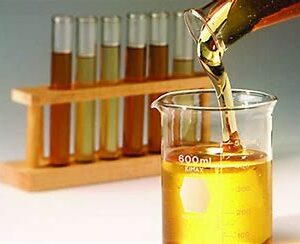
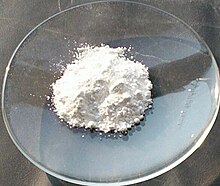
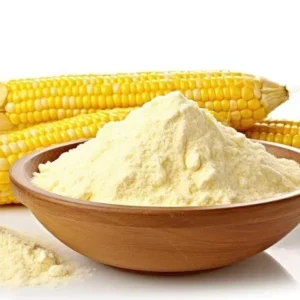
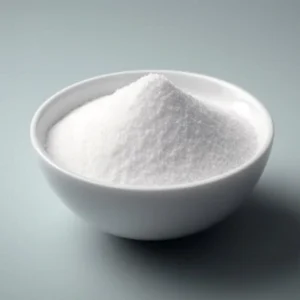
Reviews